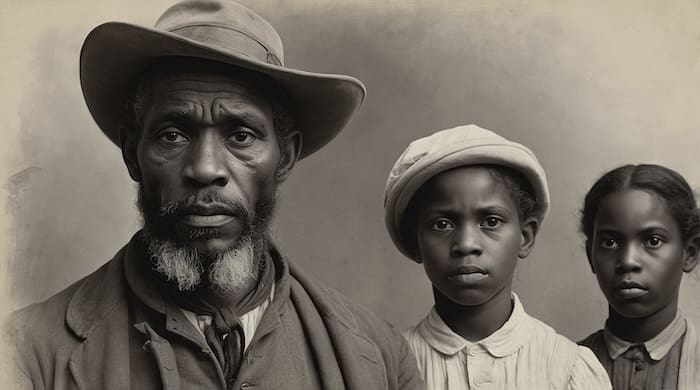
US Black Heritage Project
WikiTree
WikiTree’s Black Heritage research is a powerful tool for tracing formerly enslaved individuals, combining collaborative genealogy with key historical records.
Its shared family tree structure allows researchers to connect and build on each other’s work, while the Black Heritage Project links ancestors to enslavers, plantations, and regions using sources like wills, inventories, military records, and the 1870 census. Subprojects such as the Freedmen’s Bureau and US Colored Troops help fill gaps in documentation before emancipation.
Slave Owner By States
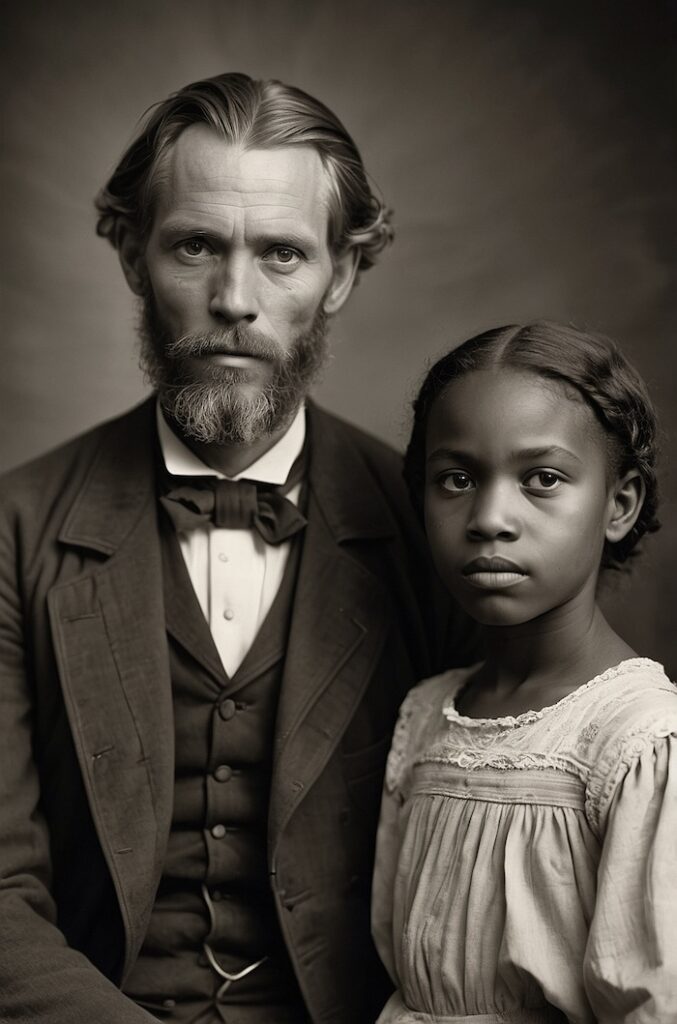
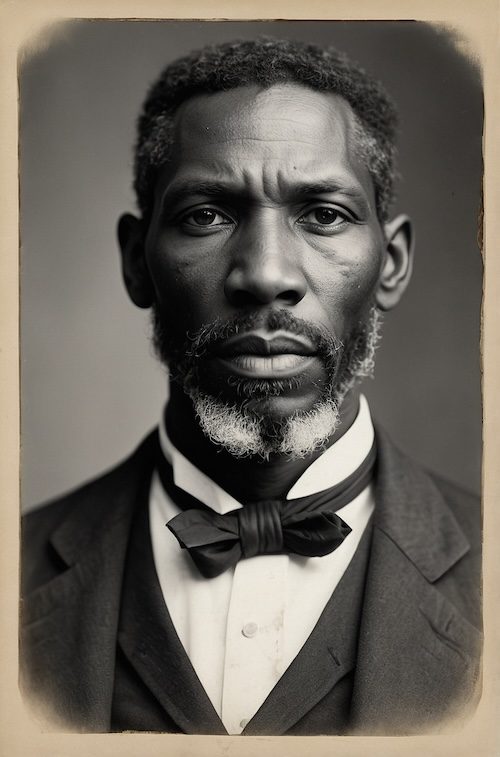
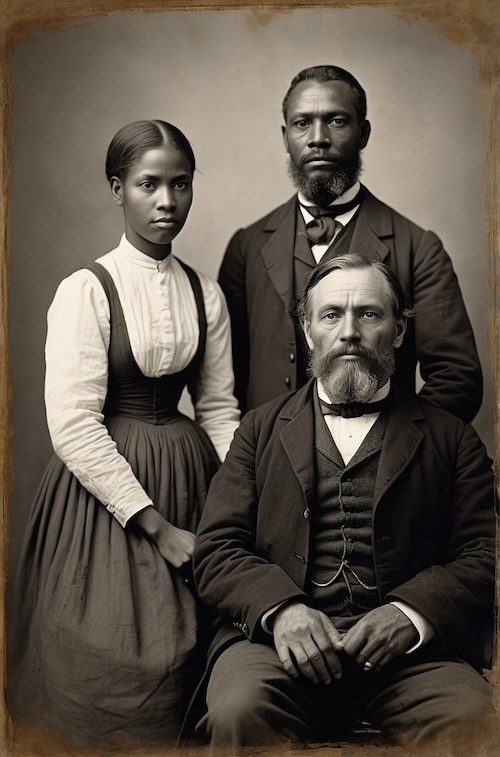
The WikiTree page titled “United States of America, Slave Owners” serves as a central category hub for identifying individuals who owned slaves, organized specifically by U.S. state. It is part of a broader effort to document the history of slavery through genealogical records.
This category is not for listing individuals directly on the main page but rather for organizing profiles by location. Each U.S. state has its own subcategory—for example, “Georgia, Slave Owners” or “Virginia, Slave Owners.” These subcategories group together the profiles of people who were known to have enslaved others in that specific state or territory.
Plantations By States
The WikiTree page titled “United States of America, Plantations” is a centralized category designed to organize and document profiles connected to plantations across the United States, particularly those where more than 40 enslaved individuals lived.
Plantations by State is part of the broader US Black Heritage Project and serves as a hub for linking individuals, enslaved people, plantation owners, and workers to specific plantation sites. The plantations are organized geographically, with subcategories by state and county, such as Georgia, Louisiana, and Charleston County, South Carolina. It also includes indexes and “space pages,” such as the US Black Heritage Index of Plantations, which help researchers locate and connect genealogical data tied to plantation life.
US Black Heritage Research Tools
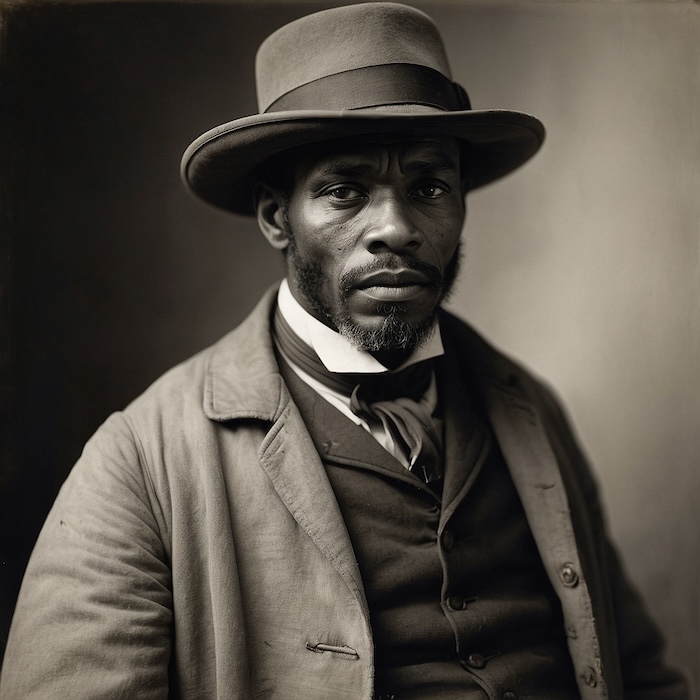
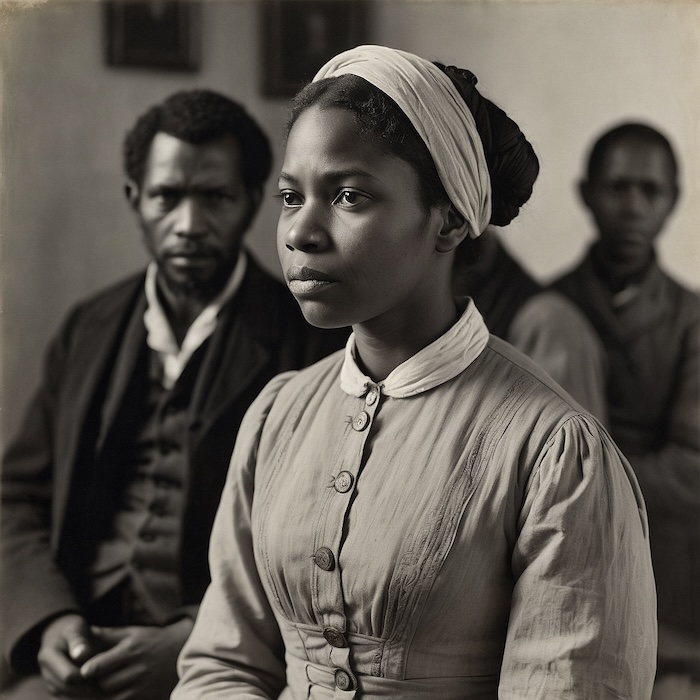
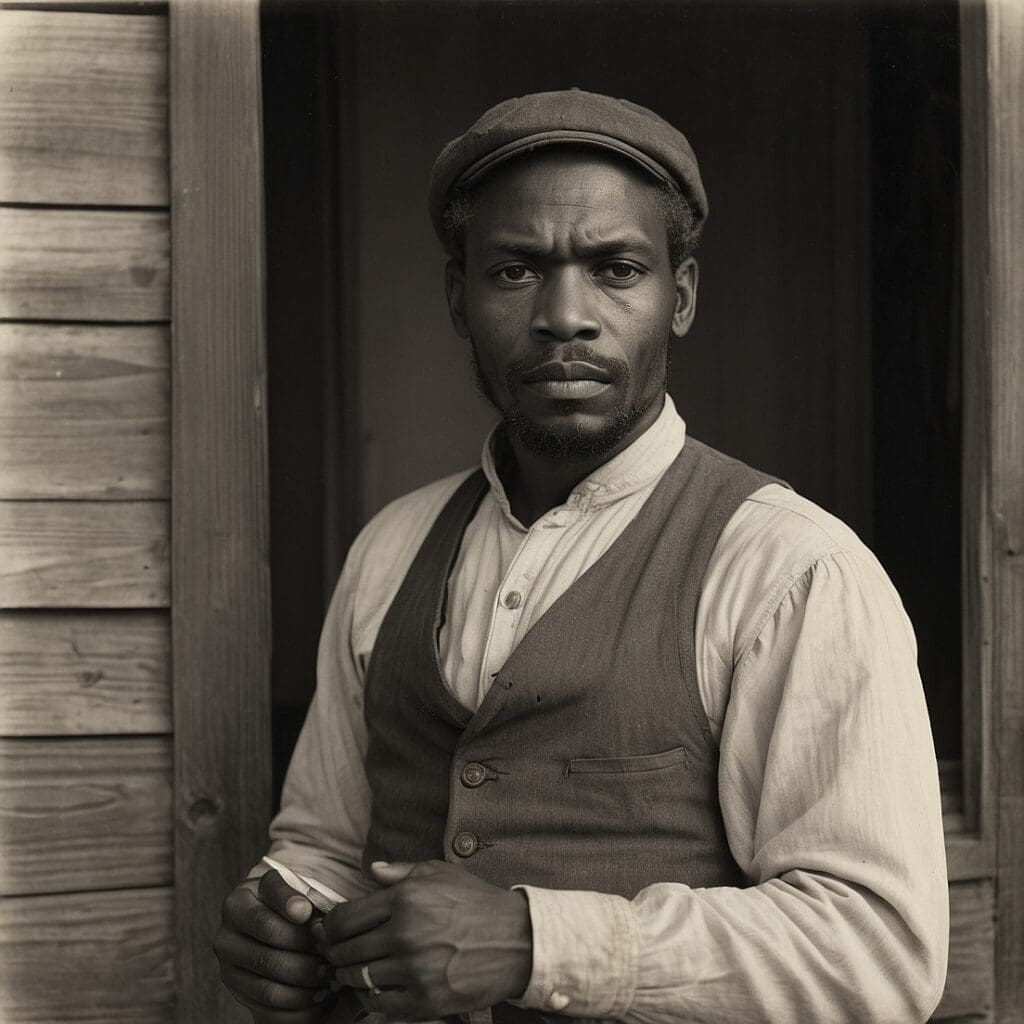
American Colonization Society
Book of Negroes
Clotilda (Last Known Slave Ship)
Confederate Slave Payrolls
Emigrants to Liberia
Military and War Portal
Notables Project
Special Acknowledgment
We extend our heartfelt gratitude to Denise Jarrett for her invaluable collaboration with Black Pearls of Genealogy (BPOG). Her help in identifying key research tools for the WikiTree U.S. Black Heritage Project has greatly enhanced our ability to explore and preserve African American family histories. We deeply appreciate her contribution to this important work.
